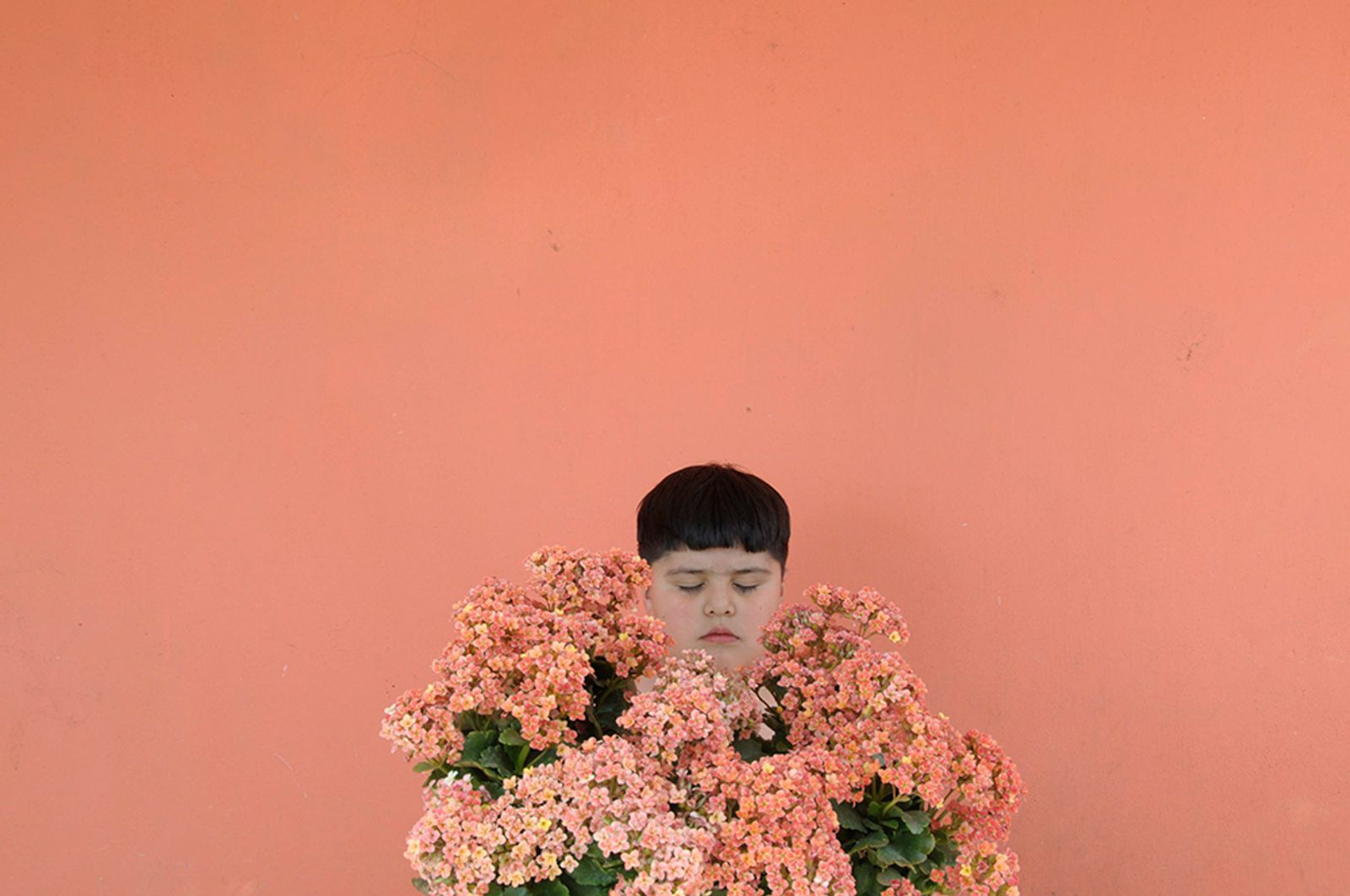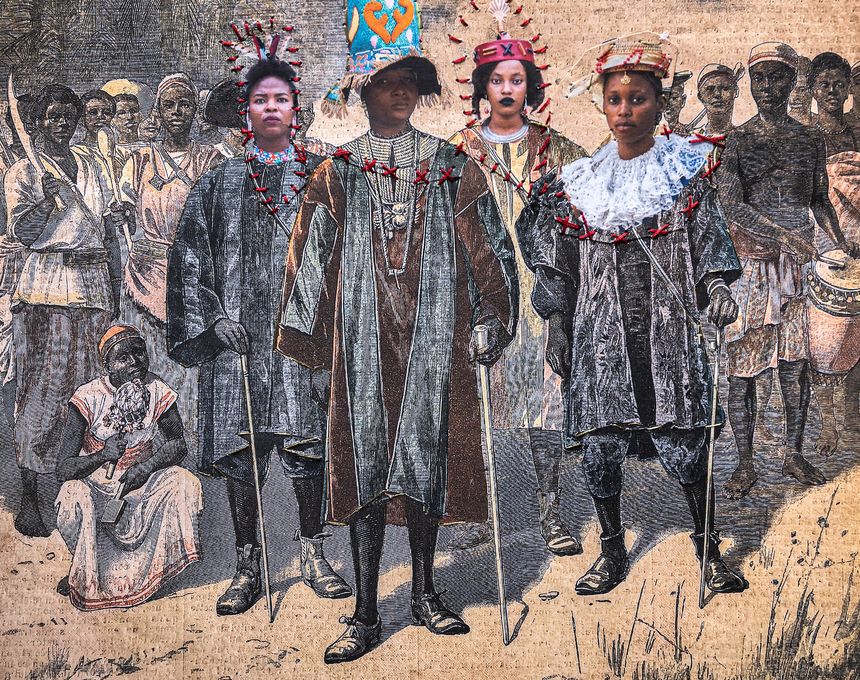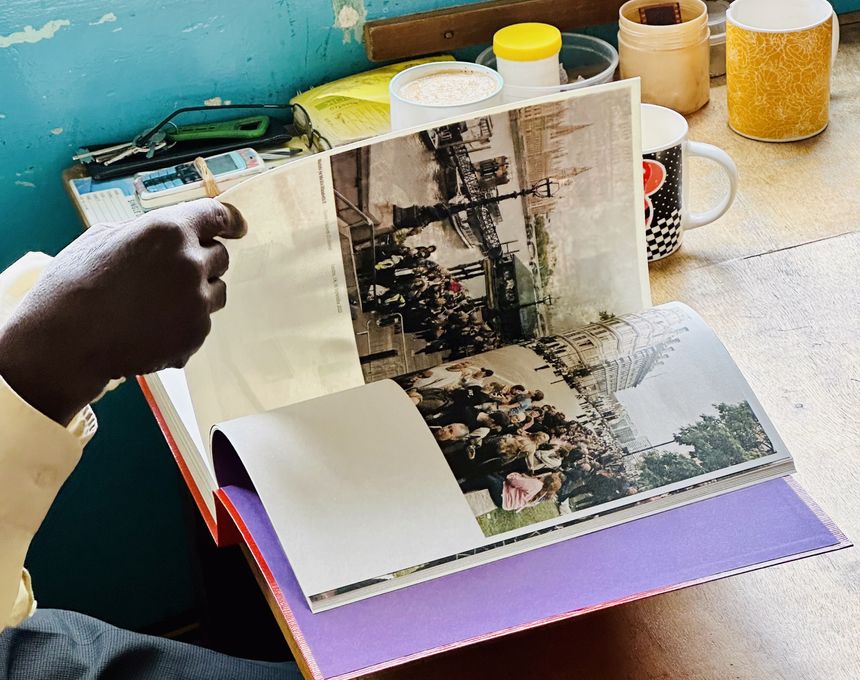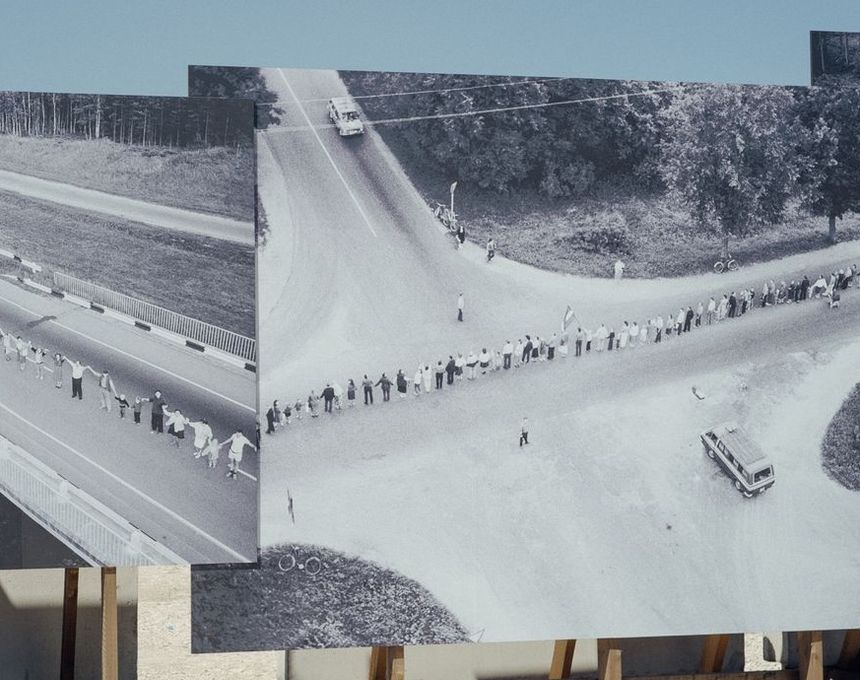Addressing Past Family Violence Through Fiction
-
Published4 Apr 2018
-
Author
Mexican photographer Diego Moreno creates a series of carefully staged family portraits, using the fictitious nature of the photographs to assimilate and understand the domestic violence that has marked his life.
Mexican photographer Diego Moreno creates a series of carefully staged family portraits, using the fictitious nature of the photographs to assimilate and understand the domestic violence that has marked his life.
Diego Moreno's Ensayo para una despedida is a project that reflects upon domestic violence in the photographer's family history. Women in Moreno’s family have been charged with pain, silence, and submissiveness, and through photography, he looked to explore these past events in order to recreate his own manifesto: one charged with a rebellious attitude. Fiction is his perspective to approach these obscure psychological realities, and from here, he unravels his most intimate emotions from everyday life. He plays with personal scenes, using altars built by the family and even placing himself with his grandmother supreme and divine religious figures.
“Through fiction I not only explore the past, but rather, I turn to the past to try to understand the violent density of my present. I'm looking at cycles of domestic violence that have been replicating for several generations in my family and unfortunately remain active to date” says Moreno.
Moving beyond the realms of fiction, Moreno further explores the human body as a territory to examine catholic symbols as well as traditional rituals. Today, he finds himself questioning the religious repercussions of his own life and of the women in his family. “I believe that religion and the church are also a system generating silent violence” he explains. As part of his motivation to uncover violence in his life, he finds that religion and the body are intrinsically linked, and therefore, understanding the representation of women and the body in catholic religion were significant concepts to address in his work.
“I use the body to disrupt these rituals, which in its nature is forbidden to show because it is synonymous with sin and must always be hidden” Moreno says. “Since I was little my grandmother took me to masses and prayers. We spent a large part of our time at church, surrounded by saints wrapped in velvet; full of chiaroscuro. The house I lived in also looked like a church with saints everywhere and prejudices as in the temples.”
Since all the men in Moreno’s family fled after decades of inflicting domestic abuse, the photographer decided to honour the women of his family, and use religious representation as an empowering figure to the women of his household. The project was built around a key character, his grandmother, Clemencia, who is a fundamental pillar in the photographer's life and the narrative itself. Working on the project for a long time has helped Moreno realise the importance of his grandmother and what she represents within his family.
Moreno is currently working on publishing the project in a book format, and from what he shares, other title ideas have arisen in order to make the project more universal and not so rooted to his own family. “I think it was a title at the time that allowed me to understand some things and it is very likely to change, but as everything in this life, nothing is certain” he says.
---------------
Diego Moreno is a Mexican photographer currently based in San Cristóbal de las Casas, Chiapas, México. Follow him on PHmuseum and Instagram.
Verónica Sanchis Bencomo is a Venezuelan photographer and curator based in Hong Kong. In 2014, she founded Foto Féminas, a platform that promotes the works of female Latin American and Caribbean photographers. Follow her on Twitter and Instagram.








